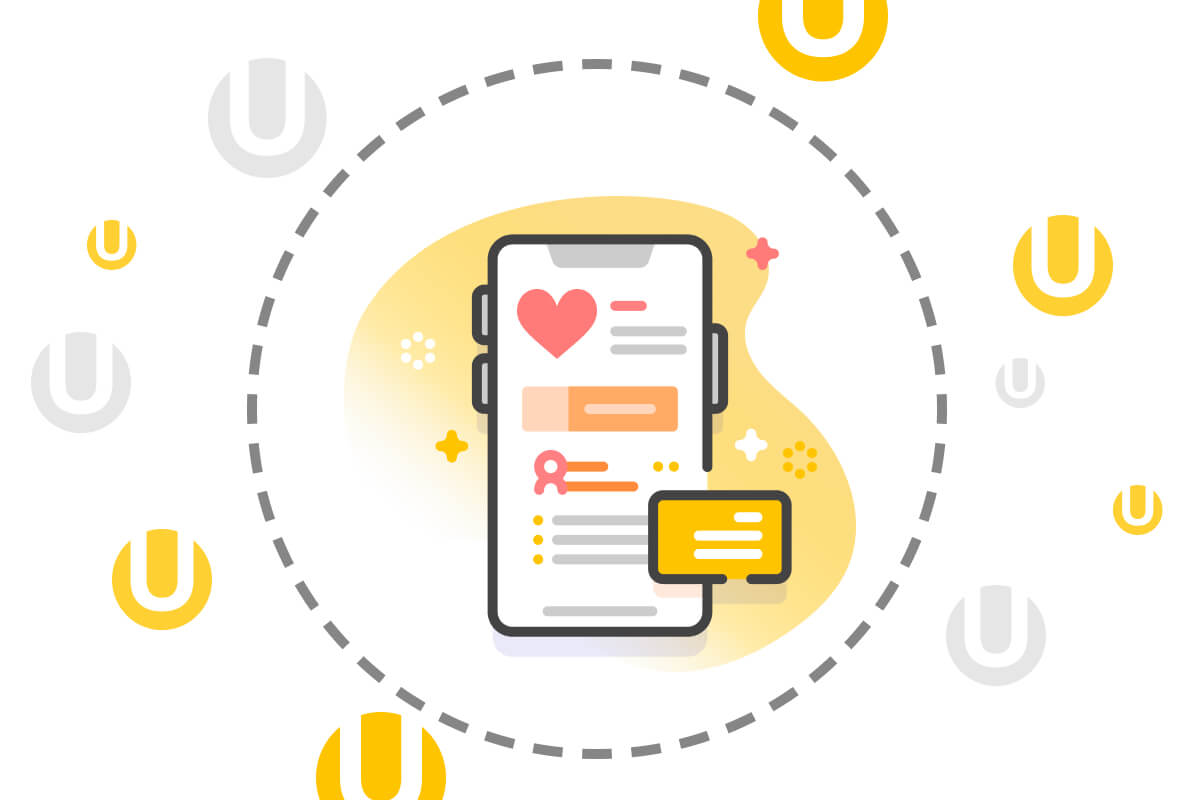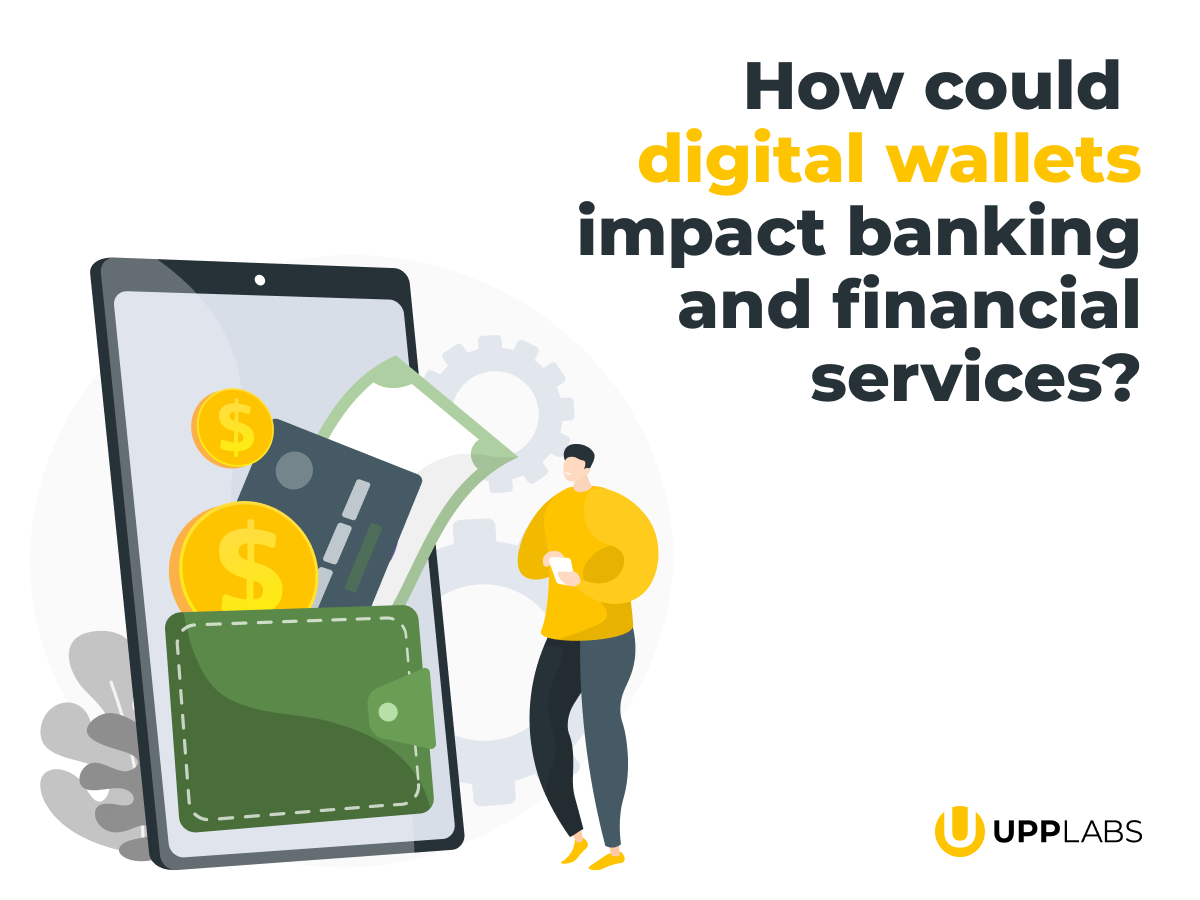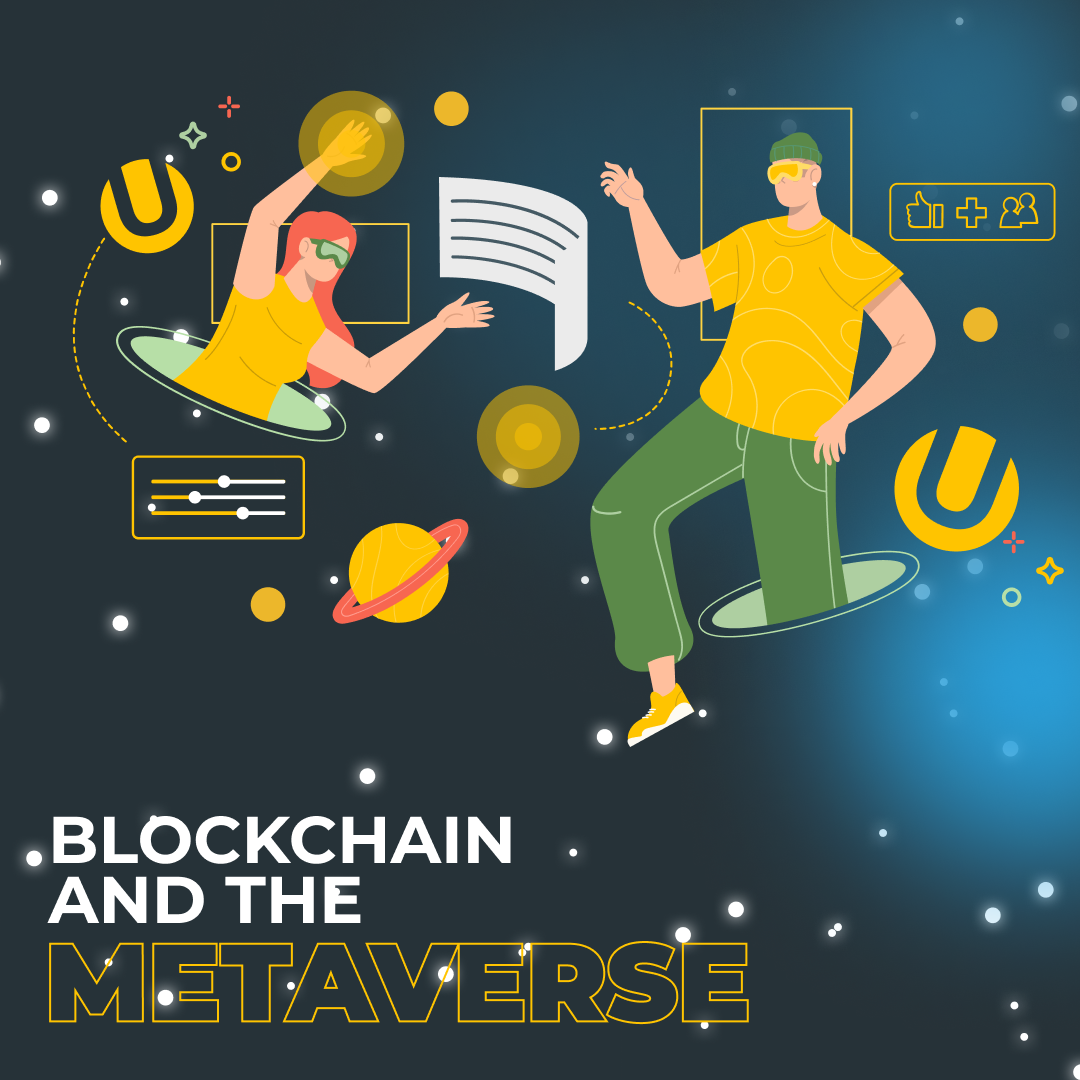Developing a startup product is one thing, but creating and launching enterprise-scale products is another project that takes another approach. Here we need to create a top-shelf product designed to be an all-inclusive solution to problems that a business might face. These types of solutions are usually very knowledge-demanding. In this article, we will reveal the secrets of how to build a software product everybody would like to use.
Enterprise-scale products
To clarify the concept of the enterprise-scale product, let’s define this kind of products:
- Products that were created by the multinational team in big corporations in such industries like Fintech, Real Estate or Healthcare;
- Products that were adopted by 80K+ users on the first day and mainly for B2B enterprises;
- Products that were implemented in collaboration with in-house teams or products that other companies can license.
Project development methodologies
To ensure you develop superior products, you need structured methodologies. Businesses tend to be more agile in choosing their methods because the technologies are constantly changing, and the users are becoming more innovative. Any large work task is a project because it has a purpose, deadlines, and resources needed for its implementation. At the same time, keep in mind that each project is unique, so the methodology is not everything, and you will have to think and adapt. So, what are the leading project management methodologies that make the product development process more manageable?
Agile
Agile is a prevalent project management method today that promotes an incremental and iterative approach to software delivery. It is a very flexible management system that provides the final product at each stage of work. Many companies are applying agile principles across the entire organization to boost collaboration and get working results faster.
The main principle of work is the project’s division into short cycles (iterations), so it could be easier to receive a particular product at the end of each cycle. Agile has a wide range of applications. The stages may not follow sequentially but occur in parallel or a different order. The critical point is that the product is ready to be used at each stage of the project. Stages are called sprints, and each of them contains a set of operations and the timing of their implementation.
Agile is effective for implementing big projects when the result is not fully understood, and it’s possible to check the current process and separate it into smaller parts. Also, this management methodology is used if the client is constantly changing their expectations. Even under such uncertain conditions, agile helps to win. The project manager can determine how much time the team spends on realizing the client’s specific ideas and issue an invoice at the end of each sprint.
This methodology’s advantages are a high level of interaction between project team members, fast results, and flexibility. Of course, there are drawbacks. For example, the application of this methodology can turn a project into constant and ineffective changes. Besides, the project depends on the level of qualification and experience of the team. And sometimes it’s almost impossible to calculate its final cost.
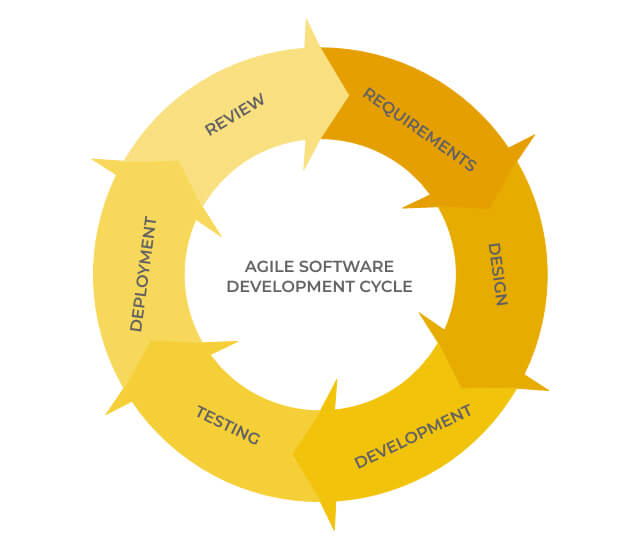
Scrum
Scrum is a well-known flexible, agile methodology that focuses on delivering work in sprints. There is a set of approaches to project implementation that work together more effectively than individually.
Scrum is usually used where there is a product of high value for users and customers. Also, it is necessary to understand as soon as possible whether the project implementation course has been chosen correctly. Scrum allows you to adjust it in case of error. This methodology’s format will enable you to receive the next version of the product more often, provide regular feedback, and quickly refine the product, improving the process.
The methodology directs all participants in the project to active interaction and interchangeability. If one of the team members cannot do their job, it is immediately picked up by another, preventing the project from stopping. Responsibility for project implementation is upon each member of the team. That is why decisions based on this methodology are made collectively. No one can push and force another decision if the unit is sure they have settled on the right one.
The advantages of this methodology include transparency. The team carries out an open exchange of information, knowledge, problems so that everyone can feel involved in a common goal. The customer is always aware of the work process, makes changes, receives reliable information about the project’s timing.
There are also disadvantages; for example, this methodology is not suitable for projects with vague requirements for the final product because the customer can increase the functionality indefinitely. It is sometimes complicated for teams to learn to set priorities and evaluate tasks correctly. The overall success of a project depends on the professionalism of one person – the scrum master.
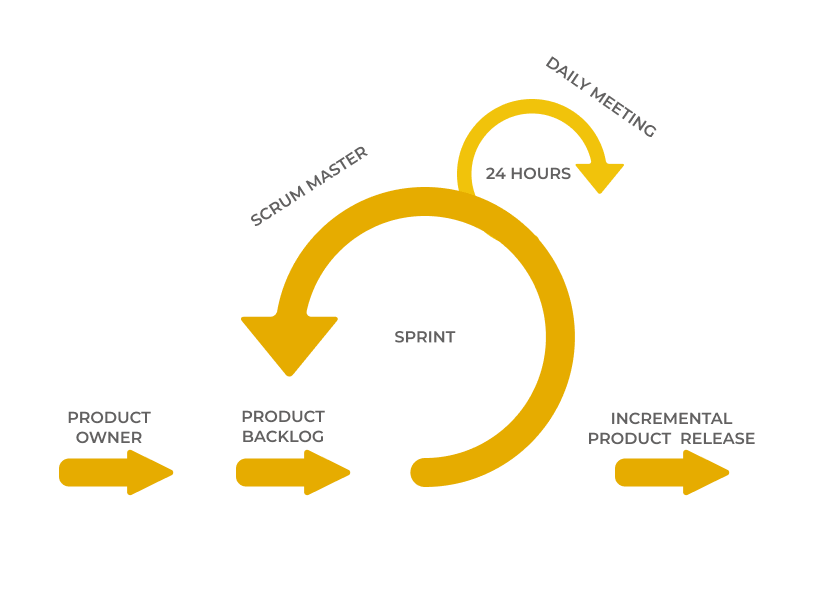
Waterfall
Waterfall is the traditional, most common, and logical methodology of project management that uses a sequential approach to deliver projects in stages or phases. It is usually applied to big projects that can be divided into successive logical parts. Besides, no stage can be performed earlier than the previous one. The logic of such a project is easy to understand and describe.
Such projects have a clear plan, and the main task of the project manager is to ensure that the project team adheres to the plan and doesn’t break the deadlines. This approach is used in industries such as manufacturing and construction with the linear way of product development.
The advantages of this project management method are its clear and straightforward logic, stability of tasks, and a realistic assessment of the cost and timing of the project.
Among the disadvantages – the lack of flexibility process, the inability to adjust the individual steps to obtain a better result.
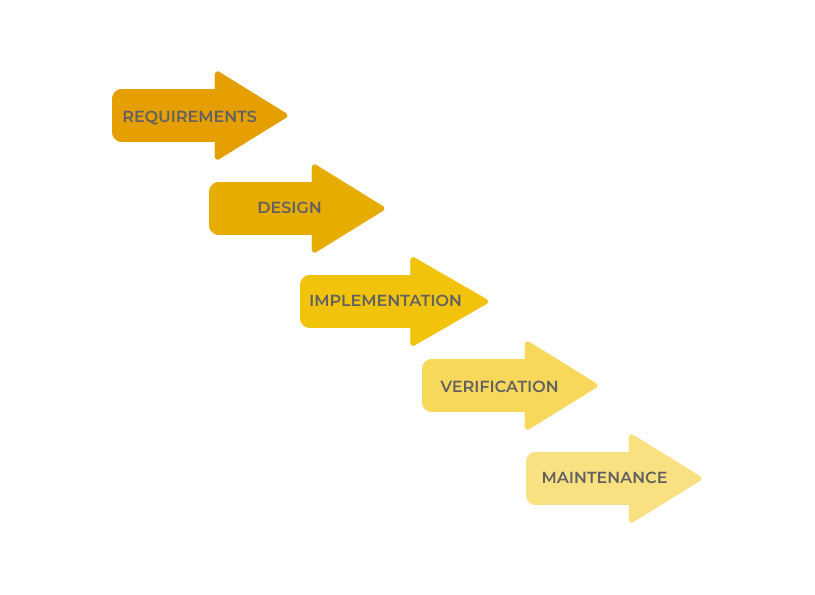
The methodologies mentioned above can be used for such types of projects:
- Small and medium-sized software developments.
- Product development with multiple stages and data.
- For the iterations that don’t have major dependencies with other functions.
- Where changes to business processes can also be deployed in parallel.
Main stages of the product development
There can be many ways to build a product, but there are four main stages every enterprise-scale product goes through:
- Innovation — picturing the customer needs, way of life, issues, tasks
- Ideation — thinking on the ways to diminish the user needs and pains
- Execution — promptly come up with the new technology
- Commercialization — the product’s launch and scale
Innovation Stage
The Innovation stage includes such steps as:
- The need for change
It’s essential to be quick and provide a regular customer interview or survey to understand what they need at the exact moment. That can come from the team member who wants to improve the product’s performance by applying new technologies, changing the marketing strategy, or user feedback that turns the process to the new potential. - Product-Market fit
Before starting to design a product, it’s essential to clarify the target market, user needs, resources, and the task of the product. This market research includes the analysis of the trends of the industry. Here you need to specify the problem that your product needs to solve, how much it aligns with the business strategy and vision, and what other similar solutions exist in the market. - Team Brainstorming
It can lead to new perspectives of the problem. Explore new ideas, try new concepts, and involve the team to feel free to share any thoughts, even if they might sound strange initially.
Ideation Stage
When the problem is apparent, we need ideas to solve the problem. An idea turns into a product only when it finds its technical and business embodiment. The formula “Problem – Idea-Product” works here implicitly.
For the enterprise-scale solutions, the Ideation stage can include such steps:
- Developing a top-notch business case that might consist of product vision, statement of the problem, layouts, demonstrations, target market, buyer persona, customer value, business goals, success metrics, lifetime value.
Before launching a new product, try its MVP. UppLabs will help you validate needed features and collect metrics to help you achieve business goals.
Let’s create an MVP! - Defining the work-streams and their representatives, who gather the requirements from each meeting and pass it to their team. It is essential that one person is a contact for communication while the team is working on the tasks and conducts regular follow-ups with each team’s leads.
- Prework usually takes the most of the time and resources and includes analysis of user journeys, tech analysis, technical architecture, data flows, project estimates, resource and launch plan, understanding dependencies, bringing teams and business stakeholders, defining the ROI, writing out the resource plan, timelines, and budget. It is a stage when we got a vision of the future product and an essential list of its functionality, team building, the definition of technologies, and environments for the whole work.
Execution Stage
When we collaborated on the problem, gained traction within our team, and got confirmation to continue with our hypothesis’s incubation, it’s time to get to the execution phase. This stage usually includes such steps:
- For enterprise-scale products that can potentially reach thousands of users, it’s essential to be prepared to launch the product and every unpredictable scenario. That’s where you need a beta test and a team of the best beta testers that can provide detailed feedback and report all possible defects. The beta test offers a complete overview of the actual end-user experience with the product. In the real world, product compatibility can be achieved significantly because it uses a large combination of real platforms for testing on a wide range of devices, operating systems, browsers, etc. Consider providing risk management, first of all.
- When your product is still under testing, you can do some Guerrilla testing with the beta testers. This activity runs in parallel with the phased launch of your product. What makes Guerrilla usability testing unique is that participants can be random users that were not selected in advance. The study can be conducted with the help of interviews and discussion sessions. When you receive the user’s feedback, the team can analyze it, understand possible improvements and bring enhancements into your product.
- Performance testing focuses on how a system processing system works under a particular load, fixes the possible bugs, and provides the developers’ diagnostics. QA engineers fulfill a vital mission in the project. They prevent mistakes and are responsible for the quality of the development process and the project results. There are different testing types like load, stress, soak, spike testing, etc.
Commercialization Stage
In this stage, we are delivering the product to the market. The ready-made solution needs to find its users. At this stage, everything happens very quickly and in parallel. Therefore, when planning commercializing activities, you must not forget anything. Otherwise, you lose speed and quality at runtime. This stage usually includes such steps:
- Promotion
- Getting to the Market
- Launch of the Product
- Clients acquisition
- Product usage and getting the behavioral data
- Post-launch step
- Maintenance of the product
Five main mistakes you need to avoid
1. The product does not solve the user’s actual problem but the problem you assume the user has. The solution to this problem is to conduct in-depth interviews.
2. The product copies an existing one. You should learn from other people’s mistakes, you should spy on your competitors, but it is better to avoid blindly copying someone else’s experience. Besides, the product can be not so good, so you can risk making a good copy of an inferior quality product.
3. Instead of the preparatory stage – get the task of meeting with the customer. Preliminary steps are significant in understanding the existing problem, picking up an idea, creating and testing a possible prototype. The customer may be wrong with the idea and decision. Without checking, you are risking spending much time on the budget and get nothing.
4. No criticism. Be not afraid to get criticism from others; it’s better to work on mistakes. The jet is to draw the correct conclusions and then quickly learn from mistakes.
5. Don’t go blindly, waiting for the light at the end of the tunnel. Each stage of product development has its attributes, which become a roadmap in development. Also, it is vital to track the different product metrics specific to each stage of the product life cycle. Omitting and ignoring them, you can still wander without understanding why it doesn’t work.
How UppLabs can help
Our software development company works end-to-end with the clients discussing all possible scenarios and questions. Starting from strategy to digital, we bring transformational outcomes. It is UppLabs’ task to show you the opportunities, needs, and threats.
Our assurance software service provider includes:
- Designing and applying appropriate project management standards
- Planning and monitoring the project (timelines and budget)
- Managing project risks
- Ensuring customer satisfaction
- Organizing and motivating a project team
- Creating detailed, comprehensive, and well-structured technical documentation
- Estimating, prioritizing, planning, and coordinating testing activities
- Developing and applying development and testing processes for new and existing products to meet client needs
- Discovery session
- CI/CD (Continuous Integration and Continuous Delivery)
You can always book a call with UppLabs and delegate the task with a value proposition to us. Every day we implement complex and challenging web and mobile projects. We have accumulated extensive experience in subtleties and nuances, which will undoubtedly help improve any project. We try to help the customer realize the best products because its success is our success too.
If you have any questions – UppLabs is always here to help you! We hope to win your business and build a long-term relationship with you!
